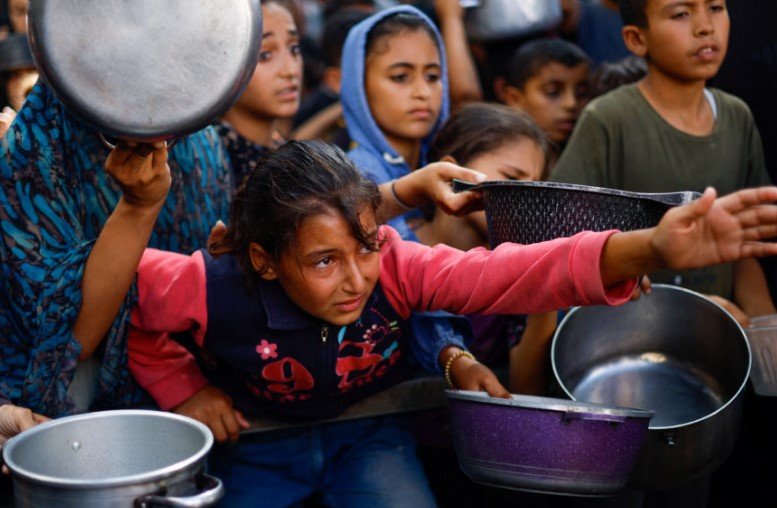Delegations from rival Palestinian groups Hamas and Fatah gathered in Cairo on October 24, 2025, to discuss the next phase of a US-backed ceasefire plan for Gaza. The rare meeting aimed to address post-war arrangements and unify Palestinian efforts amid ongoing tensions with Israel.
Background of the Rivalry and Recent Conflict
Hamas and Fatah have clashed politically for years, with tensions peaking after the 2006 elections that led to violent confrontations. This division has long blocked broader Palestinian unity, making joint talks like these unusual but vital for progress.
The current push comes after a fragile ceasefire took hold in Gaza on October 11, 2025. Despite the truce, reports show at least 89 people killed and 317 wounded in the region since then. Overall, the conflict since October 7, 2023, has claimed over 68,000 Palestinian lives and injured more than 170,000, according to health officials.
Egypt has stepped in as a mediator, hosting these discussions to build on a plan proposed by US President Donald Trump. The plan seeks to end the fighting, exchange hostages and prisoners, and set up long-term stability.

Details of the Cairo Discussions
The talks focused on the second phase of the ceasefire, including how to manage Gaza after the war. Sources indicate both sides agreed to keep meeting and strengthen their internal front against challenges from the Israeli government.
Egypt’s intelligence chief met with leaders from other factions, such as Islamic Jihad, the Democratic Front for the Liberation of Palestine, and the Popular Front for the Liberation of Palestine. These groups, part of the broader Palestinian landscape, discussed national issues and post-war plans.
One key topic was rejecting international control over Gaza, with factions insisting that resistance matters stay in Palestinian hands. The meetings also covered aid increases, prisoner exchanges, and steps toward a permanent truce.
Hamas has shown openness to a multi-year ceasefire but resists full disarmament, proposing a three to five-year pause to rebuild. This stance has drawn criticism, as it could allow time to regroup without firm peace commitments.
Key Elements of the Proposed Ceasefire Plan
The US-backed plan builds on earlier negotiations in Egypt and Qatar. It includes phases for hostage releases, troop withdrawals, and governance changes in Gaza.
Here are some core points from recent proposals:
- Full ceasefire and complete Israeli withdrawal from Gaza.
- Exchange of Israeli hostages for Palestinian prisoners.
- Increased humanitarian aid and reconstruction efforts.
- Formation of a technocratic committee to manage Gaza temporarily.
- Guarantees for Palestinian statehood discussions in the future.
Factions have pushed back on demands like Hamas disarmament and exile of leaders. Instead, they seek unhindered aid flow and no foreign guardianship.
| Phase | Main Actions | Timeline |
|---|---|---|
| Phase 1 | Initial hostage and prisoner exchange, partial troop pullback | Started October 11, 2025 |
| Phase 2 | Discussions on governance and aid, full withdrawal talks | Ongoing as of October 24, 2025 |
| Phase 3 | Long-term rebuilding and statehood negotiations | Proposed for 2026 onward |
This structure aims to create stable conditions, but disagreements on security control remain a hurdle.
Challenges and Broader Implications
Deep divisions persist, with Hamas refusing to hand over weapons without clear terms on who takes control. Fatah, part of the Palestine Liberation Organization, seeks a bigger role in any new setup.
Israel has insisted on no return to pre-war status, demanding Hamas step down and disarm. Recent strikes, like the one in Bureij refugee camp on October 20, 2025, highlight the truce’s fragility despite talks.
On the global stage, these efforts tie into wider Middle East dynamics. US involvement has ramped up pressure, with Trump urging both sides to advance the plan. Qatar and Egypt continue mediating, but progress depends on Palestinian unity.
Public sentiment in Gaza shows mixed views, with many calling for an end to suffering after years of blockade and conflict. Aid groups report dire needs, including food shortages and damaged infrastructure.
Path Forward and Potential Outcomes
Experts see these talks as a step toward reconciliation, but real change requires compromise. Hamas has floated ideas like stepping down from government in favor of independents, while insisting on resistance rights.
If successful, the plan could lead to elections and a unified Palestinian authority. Failure might prolong instability, with risks of renewed fighting.
Ongoing negotiations in Cairo could extend into November 2025, with more factions joining. The world watches closely, as peace in Gaza affects regional security.
What do you think about these developments? Share your thoughts in the comments below and spread the word by sharing this article with others interested in Middle East updates.
